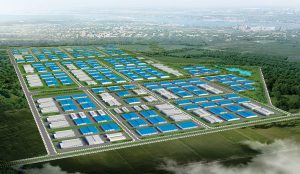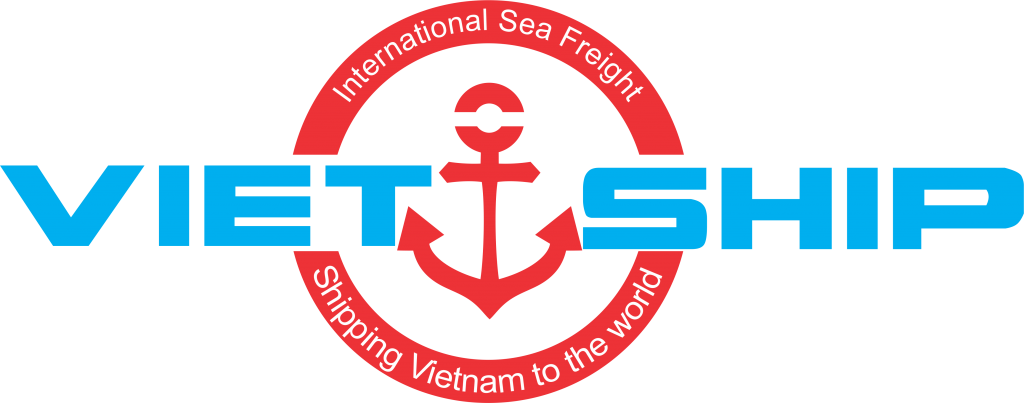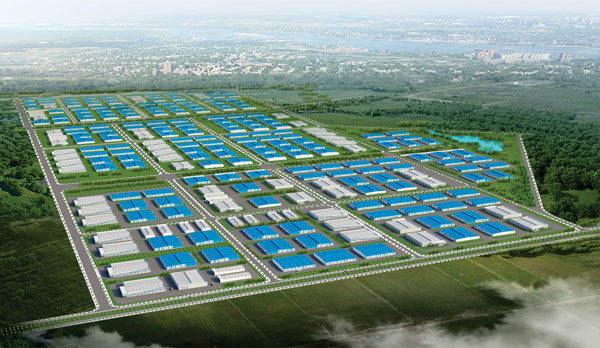Hue: A Strategic Location Poised to Be a Logistics Hub
Nestled at the crossroads of North–South and East–West transportation corridors, Hue stands as one of Vietnam’s most strategically located cities. With access to a deepwater port (Chan May), an international airport (Phu Bai), major highways including the National Route 1A and the North–South expressway, and a national railway line, Hue is emerging as a promising logistics center for the Central Vietnam region.
These multimodal links set the stage for Hue to become a central node in regional supply chains—connecting inland economic activity to maritime gateways and beyond.

Key Advantages Driving Hue’s Logistics Aspirations
Multimodal Connectivity
Hue’s infrastructure extends across land, sea, and air. Chan May Port anchors the maritime logistics network, Phu Bai adds aerial reach, and highways, expressways, and rail lines weave inland connections—ideal for efficient cargo movement.
Policy Momentum & Institutional Support
The local government recognizes logistics as a pillar of future economic growth. Administrative reforms include establishing dedicated task forces to coordinate logistics planning, streamline licensing, and enhance transparency. Attractive incentives—like tax benefits, land rent reductions, and access to capital—are being shaped to draw logistics firms and investors.
Talent Pipeline & Educational Ecosystem
Hue University and its economics faculty are training a strong cadre of logistics professionals. Hundreds of students are enrolling in logistics-related programs, helping build a workforce foundation tailored to the region’s ambitions.
Infrastructure & Connectivity: Promise Meets Reality
Despite promising assets, Hue faces notable infrastructure challenges:
-
Incomplete Road Network: Critical expressways linking ports, highways, and border points remain unfinished.
-
Logistics Gaps: Lack of fully integrated multimodal transport systems results in inefficiencies and elevated shipping costs.
-
Facility Limitations: Even with Chan May’s deepwater capabilities, supporting infrastructure—such as logistics parks, warehouses, and container yards—lags behind demand.
Until these gaps are bridged, Hue’s capacity for seamless cargo movement and large-scale logistics operations remains constrained.
Challenges Slowing Hue’s Logistics Momentum
-
Logistics Cost Imbalance
Higher-than-average transport expenses, stemming from infrastructure bottlenecks and lack of modal integration, undermine Hue’s competitiveness versus other regional centers. -
SME Sector Constraints
Local logistics businesses tend to be small and fragmented, lacking the scale, technology, or capital to offer end-to-end services or to compete with larger, more advanced players. -
Administrative Delays & Complexity
Procedural hurdles—especially around customs, licensing, and inter-agency coordination—can lead to cargo congestion and delays, particularly for perishable items. -
Workforce & Technological Gaps
While educational programs exist, there is still a shortage of skilled practitioners with practical digital logistics competencies. Modern management systems and automation remain unevenly deployed among logistics firms.
Recommendations for Accelerating Hue’s Logistics Evolution
Infrastructure Upgrades
-
Fast-track the completion of expressways and ring roads to improve cargo flow.
-
Develop intermodal hubs near Chan May Port and major arteries, featuring warehousing, customs, and multimodal consolidation.
Policy & Regulatory Innovation
-
Introduce more aggressive incentives for anchor investors and logistics operators.
-
Digitize customs and licensing processes to reduce turnaround time and cost.
Private Sector Empowerment
-
Encourage logistics SMEs to scale and innovate through technology adoption.
-
Promote consolidation and collaboration among operators to strengthen service value chains.
Human Capital & Talent Development
-
Expand vocational training in logistics, supply chain IT, and automation.
-
Forge partnerships between academia and industry for practical upskilling and internships.
A Vision for the Future
Trong tầm nhìn đến 2030 và xa hơn 2050, Hue aspires to become a full-fledged logistics epicenter—bridging national economic corridors, serving as a distribution gateway for the Greater Mekong Subregion, and supporting export, import, and transshipment flows.
To seize this future, strategic investments, streamlined governance, technological innovation, and workforce development must converge. With the right momentum, Hue could emerge not just as a regional logistics node—but as a national model for integrated, modern supply chain infrastructure.
Read more:
Vietnam-Made Containers Enter the Global Logistics Market
Dịch vụ gửi hàng đi Nhật Bản giá ưu đãi

